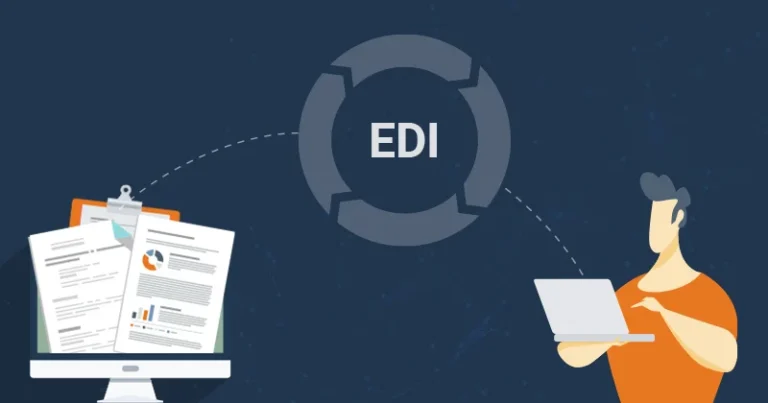EDI stands for Electronic Data Interchange. It refers to the electronic exchange of documents and information between different computer systems, businesses, and organizations. The primary objective of EDI is to make business transactions more efficient, accurate, and secure.
EDI is commonly used in a variety of industries, including healthcare, retail, logistics, and manufacturing. It helps to reduce manual data entry errors, eliminate paper-based documents, and speed up the flow of information between different parties.
History of EDI
The concept of EDI was first introduced in the late 1960s, but it wasn’t until the 1980s that it began to gain widespread adoption. At that time, the use of EDI was primarily limited to large corporations with the technical expertise and financial resources to implement it.
However, with the rise of the internet and cloud computing, EDI has become more accessible to small and medium-sized businesses as well. Today, there are a variety of EDI software solutions available that can help businesses of all sizes streamline their operations and improve their supply chain management.
Benefits of EDI
The use of EDI offers a number of benefits to businesses, including:
- Increased efficiency: EDI eliminates the need for manual data entry, which can be time-consuming and error-prone. This helps to speed up the flow of information between different parties and reduces the risk of errors and delays.
- Improved accuracy: Because EDI eliminates manual data entry, it also helps to reduce the risk of errors and inconsistencies in the data. This can help businesses make better decisions and avoid costly mistakes.
- Reduced costs: By eliminating paper-based documents and manual data entry, EDI can help businesses reduce their operating costs and improve their bottom line.
- Enhanced security: EDI uses advanced encryption and authentication technologies to ensure the security and privacy of data during transmission. This helps to protect sensitive information from unauthorized access and cyber threats.
- Better customer service: By improving the speed and accuracy of transactions, EDI can help businesses provide better customer service and improve their relationships with customers and partners.
Conclusion
In summary, EDI is an electronic data interchange system that helps businesses to streamline their operations, improve their supply chain management, and enhance their bottom line. With the continued growth of e-commerce and the increasing importance of data security and privacy, the use of EDI is likely to become even more widespread in the coming years.



0 Comments